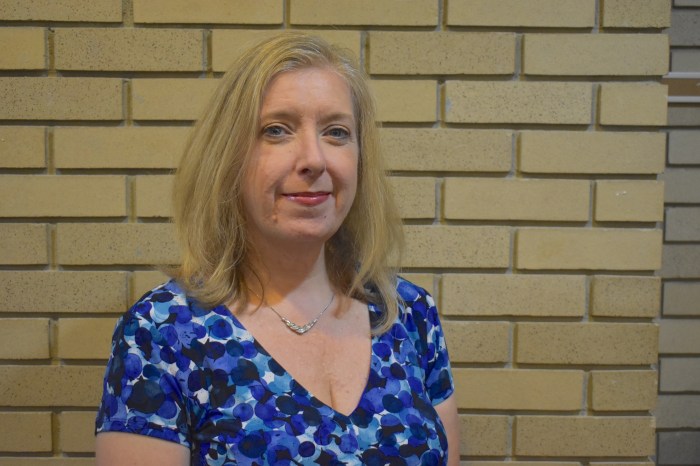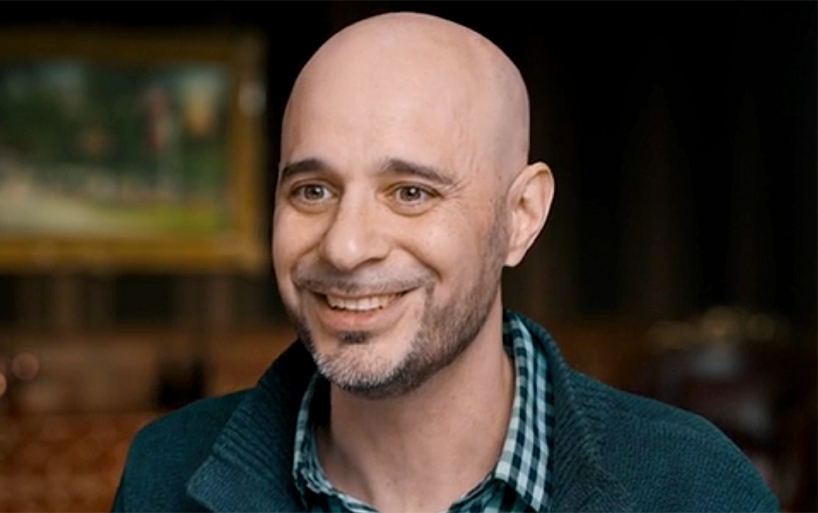“I was upset, overwhelmed and scared. I didn’t really understand what my diagnosis really meant,” said 24-year-old Alanna Chan, when she found out she had a rare brain malformation.
The professional dancer and actress from Seaford, is grateful to surgeons at Lenox Hill Hospital (LHH) for having treated an arteriovenous malformation (AVM) that could have threatened her career.
“I was very scared and worried that I would not be able to continue with my career,” she said. “I was also worried how it would impact my everyday life.”
About a year ago, Chan started having consistent migraines on the right side of her head. While most people may be inclined to ignore this symptom, Chan took it very seriously as she has a family history of neurological conditions, including her maternal grandmother, who had a stroke and her paternal grandmother, who passed away of an AVM.
An MRI and angiogram revealed that Chan had a brain AVM, a vascular lesion which consists of an abnormal tangle of blood vessels connecting arteries and veins in the brain, disrupting proper blood flow.

“The doctors said that the location of the AVM affected my peripheral vision and if I had completely lost that, it could definitely impact my career,” said Chan, who was referred to David Langer, MD, LHH’s chief, division of neurosurgery and Rafael Ortiz, MD, LHH’s director of neuro-endovascular surgery and interventional neuroradiology.
“Due to the AVM’s large size, we recommended we treat it with staged endovascular embolizations, followed by a craniotomy to surgically remove the AVM,” said Langer.
“In an embolization, a catheter is inserted into an artery in the leg and threaded through blood vessels to the brain, using x-ray imaging technology,” added Ortiz. “The catheter is placed in one of the arteries feeding the AVM and embolizing agents Onyx and NBCA glue is injected to block the artery and reduces blood flow into the AVM. Blocking off blood flow allows for a safer surgical resection of the AVM.”
To help reassure her fears, Chan noted that both Langer and Ortiz made her feel comfortable, and for that she is thankful.
“When Dr. Langer saw I was nervous, he told me that he would do the same procedure on his own daughter if she had an AVM,” said Chan. “From that point on, I knew I was in good hands. I never had a personal connection with doctors before, but Dr. Langer and Dr. Ortiz took such good care of me and they still do.”
Three weeks after being discharged from the hospital this past August, Chan started a dancing training program at the prestigious Joffrey Ballet in Manhattan where she keeps busy with auditions and acting.
“Recovery took some time and I am currently still learning and adjusting myself to getting back into normal routines,” she said. “I had many follow up visits to different doctors. Eventually, once I fully adjust and finish recovering, I would like to be able to share my story with others who may have an AVM.”
Chan said that she works through some of the headaches she still gets, and at times gets frustrated that she does not feel like her old self, especially when she was on medication.
“The fact that the AVM could have affected my peripheral vision was a concern for me, but I am lucky that there was no loss of vision and as a dancer, that is so important,” said Chan. “But I know perseverance is important and to keep my head up. I’m just very glad that my AVM has been obliterated and I do not have to worry about it anymore. With each day, I feel that I’m getting stronger physically, emotionally and mentally. Now I can lead a normal and healthy life.”

































